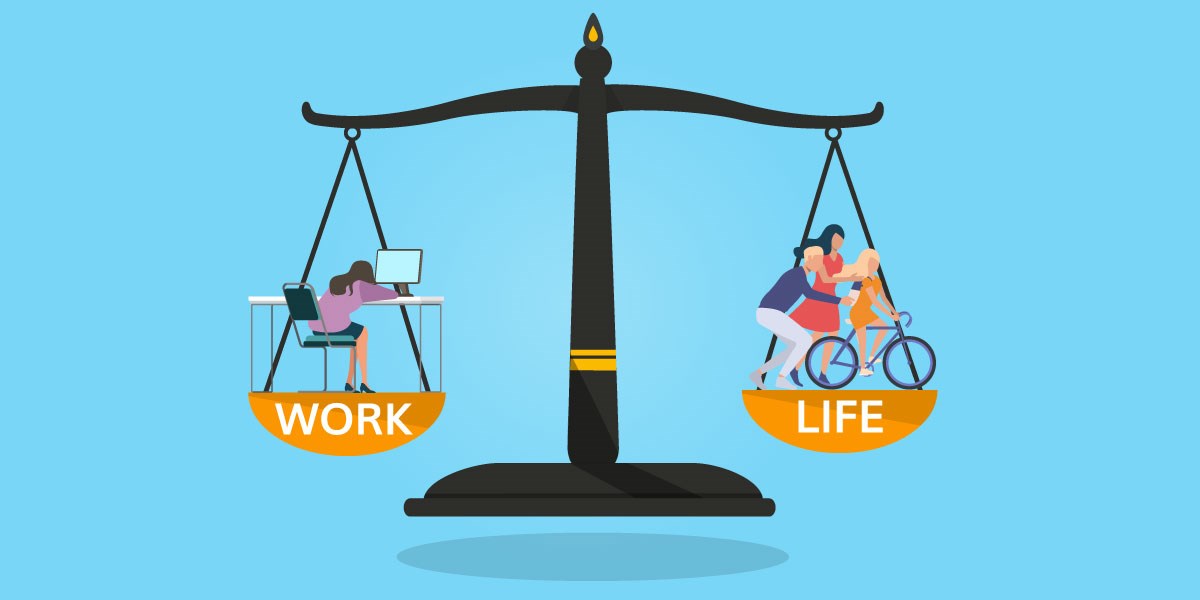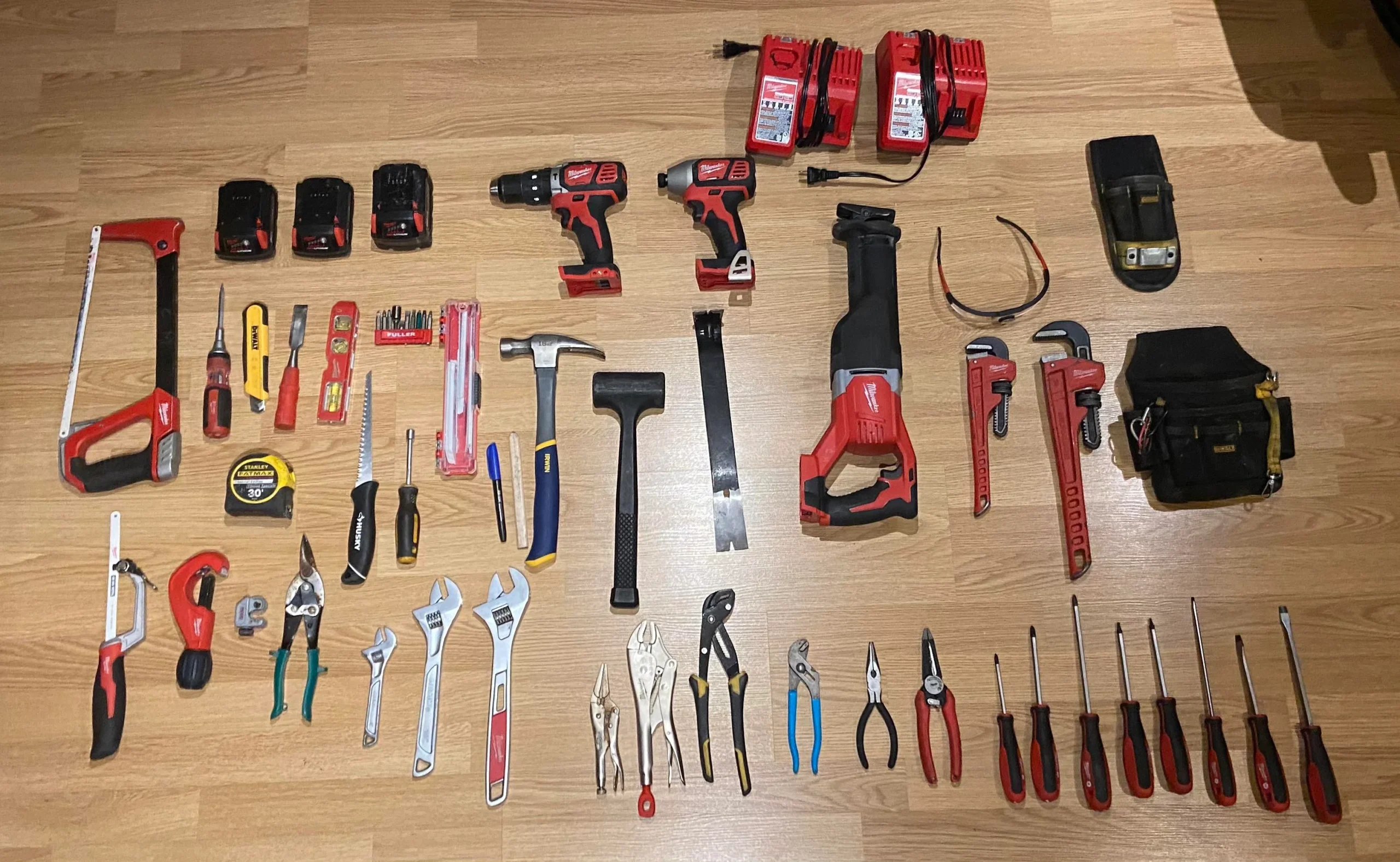Achieving the perfect work-life balance often seems elusive. Many find themselves constantly juggling between work demands and personal life, leading to burnout or strained relationships. Yet, mastering this art remains crucial for a fulfilling lifestyle.
Why Work-Life Balance Matters
Work-life balance drives productivity. Research from the American Psychological Association underscores that employees with a good balance tend to be more productive and satisfied. They experience fewer health issues and exhibit better performance. It’s clear: a happy worker is often a productive worker.
Beyond productivity, balance ensures mental well-being. Continual work stress without reprieve can lead to serious mental health concerns. As the World Health Organization highlights, maintaining boundaries between work and personal life plays a pivotal role in our overall mental health.
Identifying the Imbalance
First, recognize signs of imbalance. You might find yourself checking emails at family dinners. Or perhaps, weekends become extensions of the workweek. If personal commitments constantly clash with work, it’s time to reassess. To start, you need to understand where your time goes. Use apps like RescueTime to track your daily activities. This helps in identifying and reducing non-essential tasks.
Strategies for a Balanced Lifestyle
1. Set Clear Boundaries
Draw a line between work hours and personal time. Stick to a routine. Start work at a fixed time and end it similarly. Avoid checking work emails after hours. Ensure colleagues and bosses understand and respect these boundaries.
2. Prioritize Tasks
Every task isn’t of equal importance. Identify crucial ones and tackle them first. This technique ensures you finish key projects during work hours, leaving personal time unaffected.
3. Schedule Breaks
Take short, regular breaks during work. Studies, like those from Harvard Business Review, show that these breaks boost overall productivity. They prevent burnout and keep you energized.
4. Embrace Flexibility
While routine remains essential, flexibility can be your ally. If an urgent personal task arises, tackle it. Later, compensate for that time. However, ensure this doesn’t become a habit.
5. Learn to Say ‘No’
Overextending spreads you thin. It jeopardizes both work quality and personal life. If a task doesn’t align with your priorities or pushes you beyond capacity, politely decline.
6. Pursue Hobbies
Engaging in hobbies diverts your mind. It offers relaxation and breaks the monotony. Activities like reading, painting, or traveling rejuvenate you. They prep you for challenges ahead.
Tech to the Rescue
Technological tools can assist in maintaining this balance. Use calendar apps to set reminders for breaks or personal commitments. Time management apps can help prioritize tasks. Moreover, applications that block distracting websites during work hours prove invaluable.
Final Thoughts
Work-life balance doesn’t suggest an equal division of time between work and personal pursuits. It means effectively managing time to ensure both areas thrive. Implement the above strategies and use technology wisely. Remember, achieving balance remains an ongoing process. Regularly reassess your situation and tweak strategies accordingly. Embrace the journey to a more fulfilling and balanced life.




